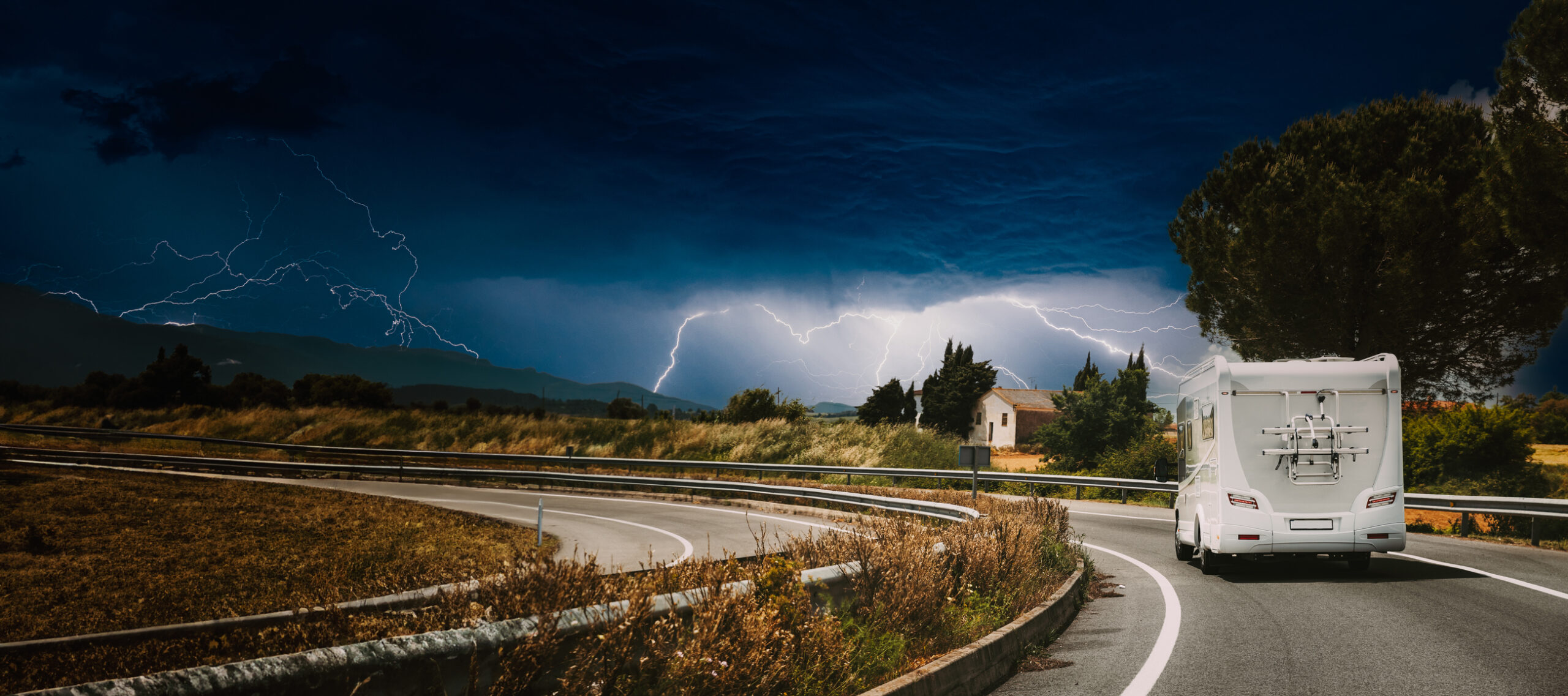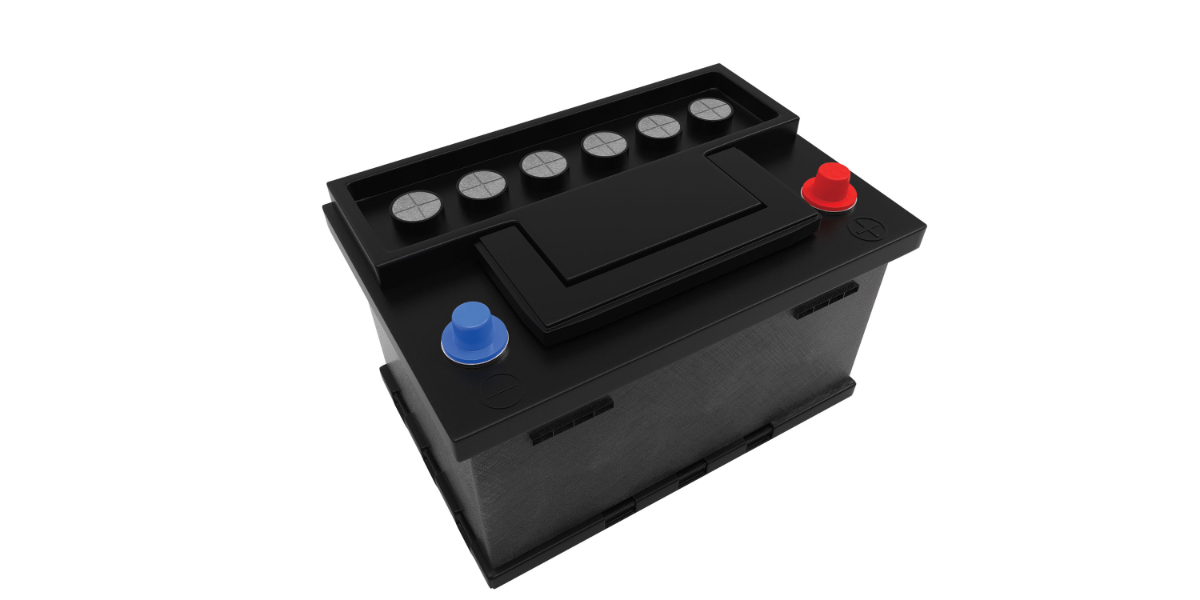Tech Q&A: October
Decal removal, inverter use, towing capacity, a rough-riding diesel pusher, and more.
Image Caption:
Ken Freund answers your questions!
Decal Removal
Question: Our Montana fifth-wheel trailer has those large factory decals all over it, and they are fading and cracking from weather extremes. Can you tell me the best way to remove them without destroying the fiberglass beneath?
~ David Holloway, Bellingham, Washington
Answer: This can be a difficult and time-consuming job. If the decals aren’t too baked-on, you might be able to soften them enough for removal using a hairdryer. If more heat is needed, an electric heat gun may do the job. However, be careful with a heat gun. Try low temperature first, wear protective gloves and keep the gun moving to prevent overheating the surface. I use a plastic putty knife as a scraper to protect the finish.
If these tools don’t work, consider using a 3M decal eraser tool (part# 07498). This is a drill-mounted disc that is available at auto parts stores and auto body supply shops. It doesn’t damage the surface and is widely used by professionals. Another 3M product, 3M Adhesive Remover, is very effective in removing the sticky residue beneath decals. It’s available in 12-ounce spray cans and 1-quart cans. It’s also available at auto supply stores. Another similar product is Rapid Remover adhesive remover, which is available on Amazon.
Motorhome Towing Capacity
Question: We have a 1994 38-foot Newmar Kountry Star Class A motorhome with a Ford 7.5-liter V-8 engine. The coach is in good shape with low miles. We’ve been using a 2001 Jeep Cherokee for a dinghy but decided to give that SUV to our granddaughter so we’re looking for a different one. How do I calculate or find the safe flat-tow maximum for this unit? Our other option is a 2005 Grand Cherokee, and we’re considering using that one. Is it too heavy?
~ Bob & Luann Biringer, Anchorage, Alaska
Answer: According to the information I could find, your 1994 Ford F-53 chassis with the 7.5-liter engine is rated for a gross combination weight rating (GCWR) of 25,000 pounds. To calculate how much of that overall weight rating is left over for towing, subtract the actual loaded weight of the motorhome—including all cargo, passengers, fluids, and fuel—from the maximum GCWR of 25,000 pounds.
Public truck scales can be found at truck stops, recycling centers, moving and storage yards, etc. For example, if the motorhome weighs 21,000 pounds loaded, that leaves 4,000 pounds maximum (25,000 – 21,000 = 4,000) for a towed vehicle. Keep in mind that towing at the maximum is not recommended as vehicle performance—including engine cooling, acceleration, and braking—is marginal.
Ford also states that the GCWR should be reduced by 2 percent for every 1,000 feet of elevation above sea level. Also, the hitch on your motorhome probably has a maximum weight rating of 5,000 pounds, so check the label. The curb weight of a 2005 Jeep Grand Cherokee is about 4,254 to 4,665 pounds, depending on options.
Inverter Use
Question: I have a 2020 Entegra Accolade 37 TS. My question regards the use of an inverter to power the motorhome. When it’s in storage or parked for a period of time, plugged into shorepower, should I leave it on or turn it off?
~ Ivan Minsal, Sparks, Nevada
Answer: Inverters use electricity when they are powered up, even if they have no load on them, and typically have a cooling fan as well. By shutting off power to it, you reduce electricity consumption, extend the service life of the inverter, and eliminate the chance of damage from power surges, etc. Also, rodents may chew through wires during storage, which could cause a short circuit.
A Tankless Job
Question: How do I install a tankless water heater?
~ Justin Leonard (@leonardjustinp)
Answer: A tankless water heater can be a convenient item to convert to in an RV, especially if you have been running out of hot water. They also can be more efficient than a conventional propane water heater. The procedure varies between brands and according to what kind of RV you have, so it’s a bit beyond the scope of this column.
You’ll find some excellent video procedures online, such as youtube.com/watch?v=v_HArP1yXf8. Also follow the instructions provided by the manufacturer. It’s essential that the gas connections be checked for leakage after installation.
Emptying Holding Tanks
Question: How can we stop depending on gravity to empty our holding tanks? Why aren’t washouts and macerator pumps standard?
~ Adam Jackman (@awjackman)
Answer: RV manufacturers are under constant pressure to keep costs down, and amenities such as these often fall victim to the bean counter’s axe. They can be found as options or standard on high-end RVs, but you can also add them yourself. Check out some of the products available online at CampingWorld.com.
Quick Fixes?
Question: Are there quick fixes or early signs of trouble to look for?
~ Ms. Enriquez (@MsDEnriquez)
Answer: There are many things that can go wrong with complex vehicles such as RVs. Just as with your health, regular checkups and maintenance, along with prompt corrective actions, can often head off even more serious problems. One of the more common trouble items is water leaks.
Roof leaks are extremely common, especially on older units, and regular inspections and resealing can prevent extremely costly repairs—if they’re done in time. Leaks at seams, around air conditioners, vents, and skylights are all common. Ceiling stains are a telltale sign of a roof leak, but don’t wait for these to start maintenance.
Plumbing leaks under sinks, toilets, water heaters, and showers can cause major damage. The same goes for leaks around windows, doors, and slideouts. Failure to maintain watertight integrity can result in mildew and major rot in ceilings, walls, and floors.
What’s That Smell?
Question: We have a brand-new 2021 Forest River Grey Wolf 25RRT Black Label Edition. On our first outing, we went to fire up the heat, and we both smelled a pretty strong odor followed by the carbon monoxide (CO) alarm going off. This happened twice, so we resolved to use a space heater we had brought in case of emergency and finished our trip. I took the trailer in for service because the CO alarm kept going off when we used the heat.
The shop “cleaned the burner tube to the furnace” and told us everything was fine. He said that the CO alarm went off for them too, but that was normal for a new unit since it was burning off something, and that after some use it would no longer be a problem. He told us to run the heat for a while when it is parked at home, and it should be fine after that. Does this sound right to you? Our fear is that we do not feel comfortable going to sleep with the heat on because of the CO alarm issue.
~ Steve Rabinowitz, Bowie, Maryland
Answer: It is possible that the furnace was burning off protective coatings when it was first operated, and that might have triggered an alarm. I suggest that you follow the dealer’s advice and operate the heater when the RV is parked in a safe place with the door and windows open to ventilate it. Crank the thermostat all the way up so the furnace is working hard for a while.
This will help burn off that new-furnace manufacturing oils smell. Let it run for an hour or so. The next time you start the furnace the smell should be gone. If the alarm stops sounding after a reasonable time and the furnace seems to be operating properly, you should be good to go. However, don’t use the coach if the alarm continues; return to the dealer.
Driving with Furnace On
Question: We have a 2020 Keystone Montana 3121RL trailer and have been unable to find a definitive and trustworthy answer to the following question. Is it safe and approved to run a gas furnace while traveling during cold weather?
~ Robert G. Ferguson, Fincastle, Virginia
Answer: Many people do it. In general, you’re allowed to operate the furnace in an RV while traveling on public roads. However, there are some exceptions. The main one is that it’s illegal to operate the burner while you are at a refueling station. Also, some tunnels and bridges have signs posted that do not allow the propane to be on. One further consideration is that if a fire were to break out in an unattended trailer, it could spread until it’s too late to save it.
Rough Rider
Question: We have a 2003 Newmar 40-foot diesel pusher motorhome on a Freightliner chassis. It weighs about 30,000 pounds and is very rough riding. Do you know a better-quality shock than the ones that came on it new?
~ John Mason, via email
Answer: First, check tire pressures. Some people inflate their tires to the maximum rated pressure on the sidewalls, which can result in a harsh ride if the weight the tires are carrying is less than the maximum weight rating. Weigh each corner and adjust tire pressure according to the tire manufacturer’s load-inflation table for your specific tire model. (Don’t run pressure lower than the weights for each corner dictate.)
If it still rides rough, you may need to upgrade the tires. Many motorhome owners don’t realize that they may have truck tires on their coaches, which ride harsher than tires designed specifically for motorhomes. Check tire manufacturer’s websites to read about the different tire models available for motorhomes.
Regarding shock absorbers, most of these chassis have Bilstein shocks, which are of good quality, but variations on compression and rebound damping differentiate different brands and models. Many owners report very good results with Koni FSD shocks, which have different valving. Shocks and tires aren’t cheap, especially for diesel motorhomes. If you have budget concerns, consider just changing front shocks, and/or tires.
Outlets Not Working
Question: We purchased a 2018 Puma 31BHSS from Camping World and are preparing for the season. The outlets around the kitchen sink and on the outside of the camper are not working. All other outlets work fine. I checked the breaker box and fuses, and they are all fine. Not sure what the problem could be.
~ Patrick Burke, North Royalton, Ohio
Answer: It’s very likely that you have tripped a ground fault circuit interrupter (GFCI). These are typically part of the outlet itself in locations such as kitchens and bathrooms and prevent people from being harmed by short circuits to the ground. Usually, several outlets are controlled by one GFCI outlet, generally within a certain distance of a water source such as a kitchen or bathroom sink, which explains why you have several out. Check each outlet until you find one with a reset button and push that.
Trailer Brake Wiring Warning
Question: I have a 2018 RAM 3500 diesel and have a 2018 KZ Durango Gold trailer. I keep getting a “check trailer brake wiring” warning, and then “trailer brake disconnected.” It happens off and on. I had the truck dealer check things on the truck, and they did not find anything. I also had the trailer checked out to no avail. What’s going on?
~ William Bolt, via email
Answer: Intermittent problems are very difficult to find. You didn’t mention if you are getting the “trailer brake disconnected” warning even when the trailer is not hitched up. A lot of the problems with these systems are due to faulty 7-way trailer connectors at the back of the truck.
They may be damaged or dirty, and sometimes they get water in them, which also causes havoc. A lot of the intermittent problems are caused by moisture in the plugs. Try installing a new 7-way female connector outlet. If that doesn’t solve the problem, you may have to take it to a good dealer service center with both truck and trailer.
Fuel Consumption
Question: We have a 2015 Four Winds 31-foot Class C motorhome with a full-wall slideout on the left side. The average fuel mileage is 8 miles per gallon. Are there any recommendations for improving the mileage? Years past I have gone crazy chasing improvement of RV mpg. It was almost always a money pit! At best, improvements I made only added 1–2 mpg. My 40-foot diesel motorhome got a solid 9–10 mpg, even towing a 25-foot trailer full of toys. Any suggestions would be helpful.
~ Darell Porterfield, St George, Utah
Answer: Actually, the fuel mileage you report is about average for the type of motorhome you have. It has a large front overhang, which creates a lot of wind resistance, and the Ford V-10 gasoline engine is quite thirsty. Diesel engines are more fuel-efficient by about 30 percent, and diesel fuel has about 15 percent more energy per gallon than gasoline.
The region you live in has a lot of gradients to climb and a lot of wind, too. The easiest way to increase its fuel mileage is to slow down. If you drive at 55 mph instead of 75 mph, you’ll probably gain about 20 percent mpg. Some aftermarket engine tuners designed for your motorhome may improve mpg, and a freer-flowing exhaust system can also make an improvement. But as you said, the gains are small.
Rear Axle Squat
Question: I have a 2017 Dodge RAM 1500 LWB regular cab pickup with a 5.7-liter Hemi, 3.92:1 rear axle ratio, factory tow package, and brake system.
We have a 30-foot Flagstaff trailer, which has 1,065 pounds hitch weight. Our RAM seems to squat too much in the rear when we are ready to tow. We have a 10,000-pound equalizer weight-distributing (WD) hitch. What are our options to make our RAM more level when towing and keep our smooth-riding truck when not towing?
~ Johnny Downs, Bostic, North Carolina
Answer: You may be near or exceeding the rear gross axle weight rating (GAWR). Take it to a truck scale and measure the fully loaded axle weights. If you are within limits, I suggest installing a rear-axle air spring (airbag) system, such as those made by Air Lift or Firestone Ride Rite, or the solid rubber Sumo Springs.
Your WD hitch spring bars may also be adjusted improperly. If they aren’t tight enough the truck’s aft end can squat because the hitch isn’t doing its job. Have that checked as well.
Champion Inverter/generator
Question: We purchased a 2021 Grand Design travel trailer and a new Champion dual-fuel inverter/generator 100396 to power the RV while boondocking. The generator runs fine. However, when I plug in the RV the overload light comes on, and the RV will not power up. I turned off all the breakers in the RV and still haven’t had any luck. I understand that this model has an open ground/ neutral. I tried using an Edison plug, and that did not work. Do you have any idea what I need to do to run my RV from the generator?
~ Guy Langille, via email
Answer: This is strange because that model generator has a special ready-to-use RV 120-volt outlet, which should have you up and running. Did you try operating the generator with a load such as a portable electric heater to see how it handles that load?
Does your trailer work okay when plugged into other power outlets? Did you try plugging a polarity tester into the generator’s Edison plug? It’s possible that something on the genset or RV is wired incorrectly. If your problem is still unresolved, I suggest contacting the manufacturers.





